The roosters were not originally meant to be weathervanes. However, most church steeples carried weathervanes because they were the tallest point in town, making them the most suitable location for a communal weathervane. The two were eventually combined out of practicality, leading to the familiar rooster weathervane as early as the 11th century.
There is a reference to rooster weathervanes in the Bayeux Tapestry, an embroidered cloth depicting the Norman conquest of Britain in the 11th century. It was made after the Battle of Hastings in 1066 and depicts many events in the life of William the Conqueror. Among the details documenting the aftermath of the battle is a depiction of a craftsman installing a rooster (or “weathercock”) atop Westminster Abbey.
Possibly because of this association with roosters and churches, or with roosters and sunrise, legends arose that the crowing of the rooster would banish evil. This legend is immortalized in these lines from Shakespeare’s Hamlet:
I have heard
The [rooster], that is the trumpet to the morn,
Doth with his lofty and shrill-sounding throat
Awake the god of day, and, at his warning,
Whether in sea or fire, in earth or air,
Th' extravagant and erring spirit hies
To his confine[.]
Thus, a rooster weathervane could even be seen as lucky, or a protection against evil.
At Valley Forge Cupolas and Weathervanes, we are proud to carry on this beautiful tradition with 9 different rooster weathervanes to choose from. We have traditional roosters:
Add Beauty to Your Roofline with a Weathervane from Valley Forge Cupola
Call us today at 1-866-400-1776 and revolutionize your roof with a stunning weathervane.


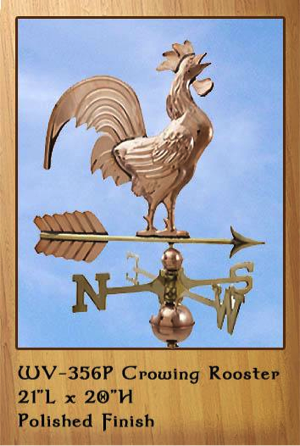
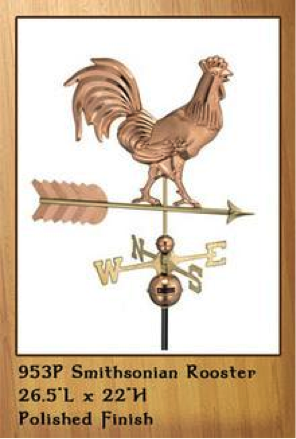
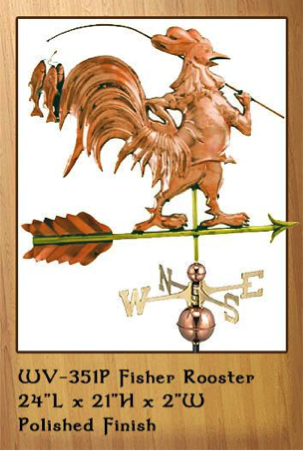


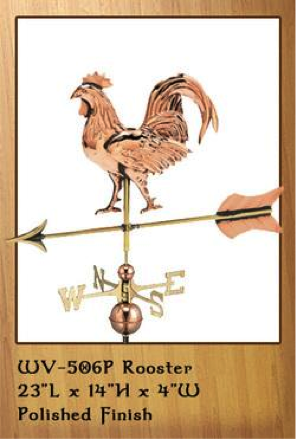
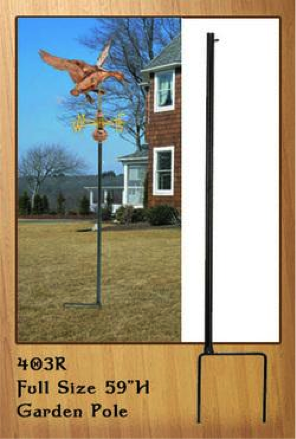

 RSS Feed
RSS Feed